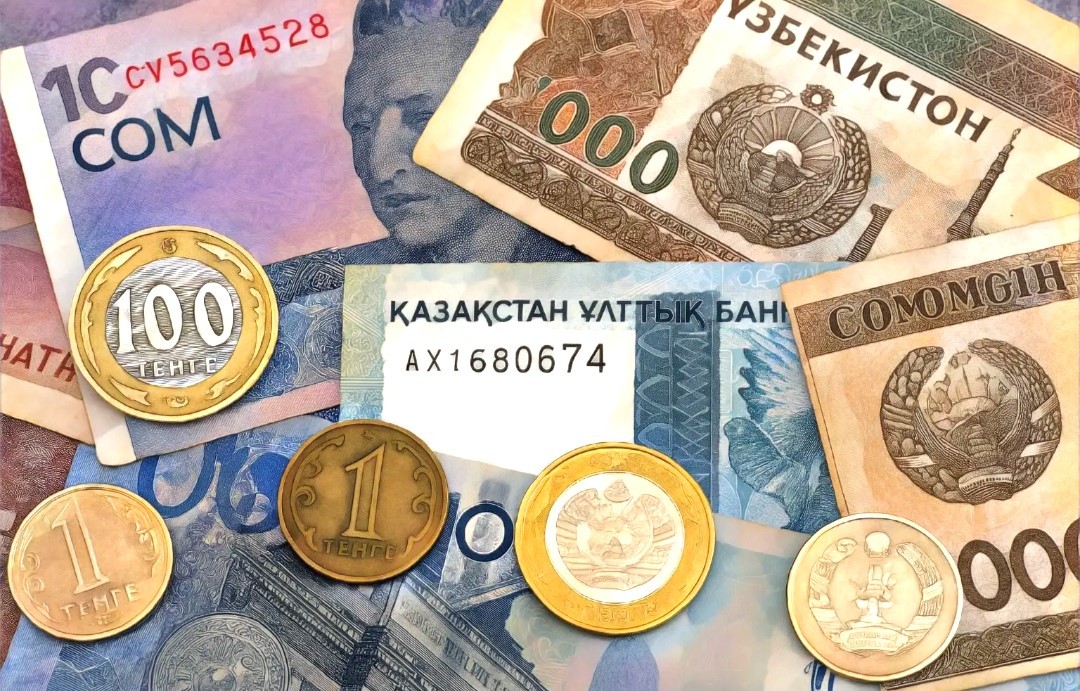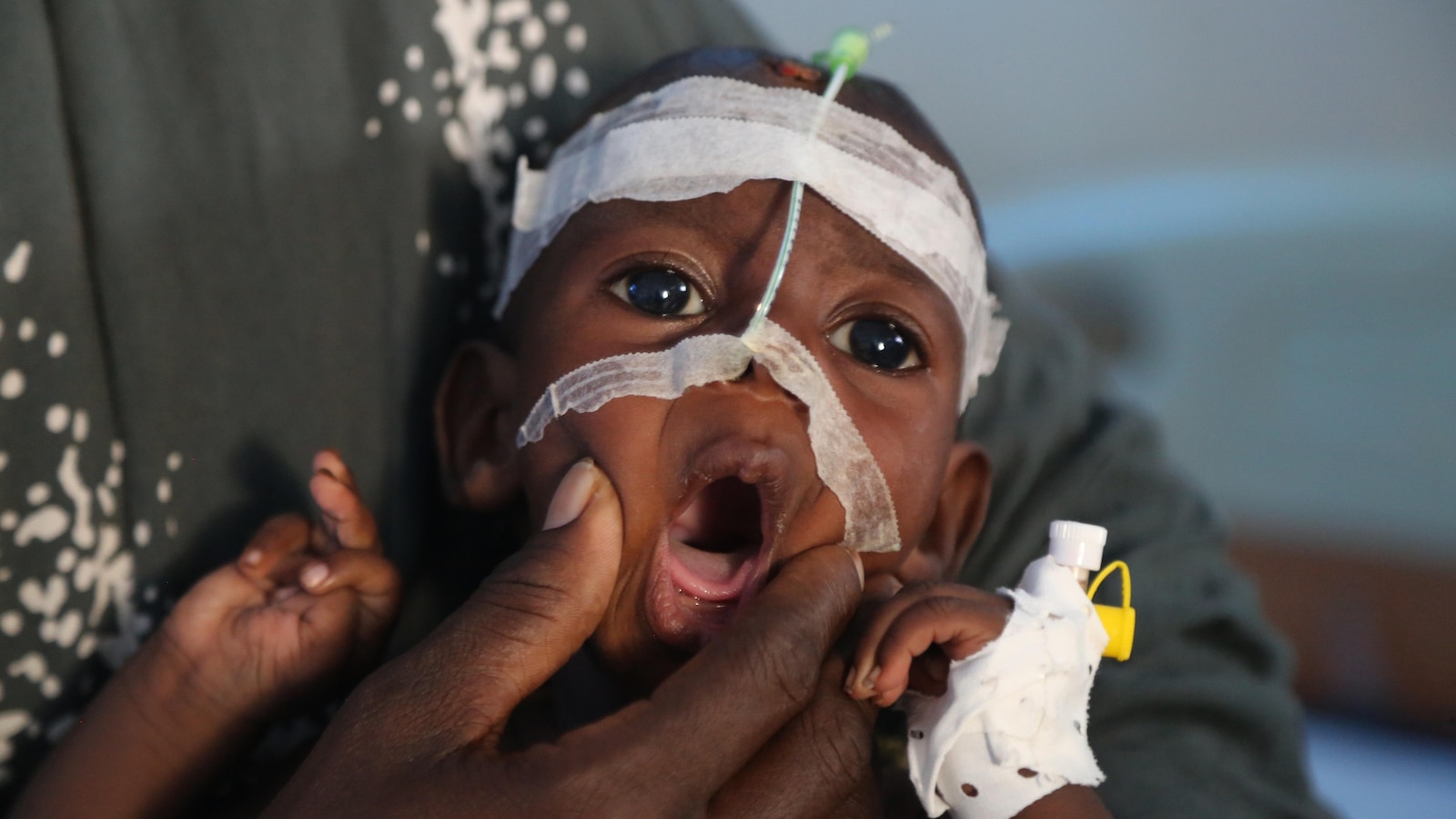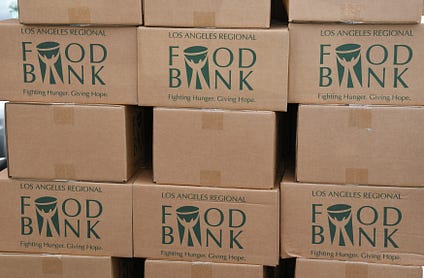Poverty in Central Asia: Who Is Living and Who Is Just Surviving – The Times Of Central Asia

Poverty Reduction in Central Asia: A Report on Progress Towards Sustainable Development Goal 1
Global Context and Methodological Adjustments
A recent analysis provides an updated assessment of global and regional progress toward Sustainable Development Goal 1 (SDG 1: No Poverty). The global landscape for poverty measurement has shifted following a methodological revision by the World Bank in June 2024, which directly impacts the monitoring of SDG 1 targets.
- The international poverty line was raised from $2.15 to $3 per day, based on 2021 purchasing power parity (PPP) prices.
- This adjustment resulted in a revised global count of individuals in extreme poverty, which rose to 817 million by 2024.
- This increase reflects an expanded definition of poverty rather than a deterioration of economic conditions, as real incomes for the lowest earners reportedly increased by approximately 16%.
- Sub-Saharan Africa remains the region facing the most significant challenges in achieving SDG 1, with 24 of the 30 countries with the highest poverty rates located on the continent.
Regional Analysis of SDG 1 Progress in Central Asia
An evaluation of poverty levels within Central Asia reveals significant disparities among nations in their progress toward SDG 1. The data, reflecting the percentage of the population living on less than the $3 per day international poverty line, highlights a clear hierarchy in regional performance. Data for Turkmenistan was not available for this analysis.
- Tajikistan: Faces the most substantial challenge in the region, with 61.3% of its population living below the international poverty line.
- Kyrgyzstan: Reports a poverty rate of 2.74%.
- Uzbekistan: Shows a comparable rate of 2.72%.
- Armenia: Records a poverty rate of 1.93%.
- Kazakhstan: Demonstrates the strongest performance in the region regarding the eradication of extreme poverty, with a rate of just 0.04%.
Kazakhstan’s National Strategy for Achieving SDG 1 and SDG 10
Kazakhstan’s national statistics indicate consistent progress in poverty reduction, aligning with the targets of both SDG 1 (No Poverty) and SDG 10 (Reduced Inequalities). The country has demonstrated success in reducing poverty according to both extreme and national definitions.
- Progress on SDG 1, Target 1.1 (Eradicate extreme poverty): The share of the population with income below the cost of the basic food basket decreased from 0.2% in 2023 to 0.1% in 2024. In absolute terms, this represented 16,500 people in the first quarter of 2025.
- Progress on SDG 10, Target 10.2 (Promote inclusion): For the first time, the disparity between urban and rural poverty, as measured by the food basket minimum, was eliminated. This marks a significant achievement in reducing intra-national inequality.
- Progress on SDG 1, Target 1.2 (Reduce poverty in all its dimensions): The proportion of the population living below the national subsistence minimum fell from 5.2% in 2023 to 4.5% by early 2025. The national minimum was concurrently raised to 52,500 tenge (approximately $98) per capita.
Economic Indicators and Consumption Patterns
The economic well-being of the population, a key factor for sustainable poverty reduction, is reflected in national consumption data. These figures provide context for the purchasing power that underpins progress toward the Sustainable Development Goals.
- In 2024, the average daily expenditure per citizen in Kazakhstan was $7.
- According to World Bank data, the purchasing power parity (PPP) conversion factor was 160.93 tenge to one international dollar, indicating the local currency amount required to purchase the same basket of goods and services that $1 would purchase in the United States.
Analysis of Sustainable Development Goals in the Article
1. Which SDGs are addressed or connected to the issues highlighted in the article?
-
SDG 1: No Poverty
The entire article is centered on the theme of poverty. It discusses the measurement of poverty, compares poverty rates across different countries, and analyzes national poverty statistics. The text explicitly focuses on “extreme poverty,” the “international poverty line,” and the “number of people living in extreme poverty,” which are core components of SDG 1.
-
SDG 10: Reduced Inequalities
While secondary to SDG 1, this goal is also relevant. The article highlights disparities in poverty levels between different countries in Central Asia (e.g., “Kazakhstan currently has the most favorable poverty indicators… while Tajikistan records the highest levels of deprivation”). It also addresses internal inequalities within Kazakhstan by mentioning the “gap between urban and rural poverty,” noting that for the first time this gap disappeared concerning the food basket minimum, but still exists for the national subsistence minimum (“3.8% in cities and 6.9% in villages”).
2. What specific targets under those SDGs can be identified based on the article’s content?
-
Target 1.1: Eradicate extreme poverty for all people everywhere.
This target is directly addressed through the discussion of the international poverty line. The article states that the World Bank raised this line to “$3 per day” and reports the poverty rates in Central Asian countries based on this metric. For example, it mentions that in Kazakhstan, “just 0.04% of the population lives below the international threshold,” while in Tajikistan, “61.3% of its population living on less than $3 per day.” This is a direct measurement of progress toward eradicating extreme poverty.
-
Target 1.2: Reduce at least by half the proportion of men, women, and children of all ages living in poverty in all its dimensions according to national definitions.
The article provides specific data related to Kazakhstan’s national poverty definitions. It reports on “the proportion of the population earning less than the national subsistence minimum,” which it states “decreased, falling from 5.2% in 2023 to 5% in 2024” and further to “4.5%.” It also mentions another national measure, “the share of citizens earning less than the cost of the basic food basket,” which “declined from 0.2% in 2023 to 0.1% in 2024.” These statistics directly track progress against poverty as defined by the nation itself.
3. Are there any indicators mentioned or implied in the article that can be used to measure progress towards the identified targets?
-
Indicator 1.1.1: Proportion of the population living below the international poverty line.
The article explicitly provides data for this indicator. It uses the updated international poverty line of “$3 per day” and gives the proportion of the population below this line for several countries: Kazakhstan (0.04%), Kyrgyzstan (2.74%), Uzbekistan (2.72%), and Tajikistan (61.3%). It also provides the global number of people living in extreme poverty, which “had risen to 817 million.”
-
Indicator 1.2.1: Proportion of population living below the national poverty line.
This indicator is clearly referenced with data from Kazakhstan. The article states that the proportion of the population below the “national subsistence minimum” was 5% in 2024 and 4.5% as of early 2025. It further breaks this down by geographical location (“3.8% in cities and 6.9% in villages”), which aligns with the disaggregation required by the official SDG indicator.
4. SDGs, Targets, and Indicators Summary Table
| SDGs | Targets | Indicators |
|---|---|---|
| SDG 1: No Poverty | 1.1: Eradicate extreme poverty for all people everywhere. | 1.1.1: Proportion of the population living below the international poverty line ($3 per day). Article evidence: Reports poverty rates for Kazakhstan (0.04%), Tajikistan (61.3%), Kyrgyzstan (2.74%), and Uzbekistan (2.72%) based on this international line. |
| SDG 1: No Poverty | 1.2: Reduce at least by half the proportion of people living in poverty according to national definitions. | 1.2.1: Proportion of population living below the national poverty line. Article evidence: States the proportion of Kazakhstan’s population below the national subsistence minimum fell from 5.2% to 4.5%. It also provides a breakdown for urban (3.8%) and rural (6.9%) areas. |
| SDG 10: Reduced Inequalities | 10.2: By 2030, empower and promote the social, economic and political inclusion of all, irrespective of age, sex, disability, race, ethnicity, origin, religion or economic or other status. | Proportion of people living below 50 per cent of median income, by age, sex and persons with disabilities (Implied). Article evidence: Highlights the inequality in poverty rates between countries (Kazakhstan vs. Tajikistan) and within a country by location (“the gap between urban and rural poverty” in Kazakhstan). |
Source: timesca.com
What is Your Reaction?
 Like
0
Like
0
 Dislike
0
Dislike
0
 Love
0
Love
0
 Funny
0
Funny
0
 Angry
0
Angry
0
 Sad
0
Sad
0
 Wow
0
Wow
0
















































:focal(1500,1000)/https://media.globalcitizen.org/a6/9a/a69a4720-d8a1-4715-b596-18738d03c05c/rotary_polio_hero_image.jpg?#)







/countries/sri-lanka/photo-credit---dmc-sri-lanka.tmb-1200v.jpg?sfvrsn=dc298bcc_1#)



















